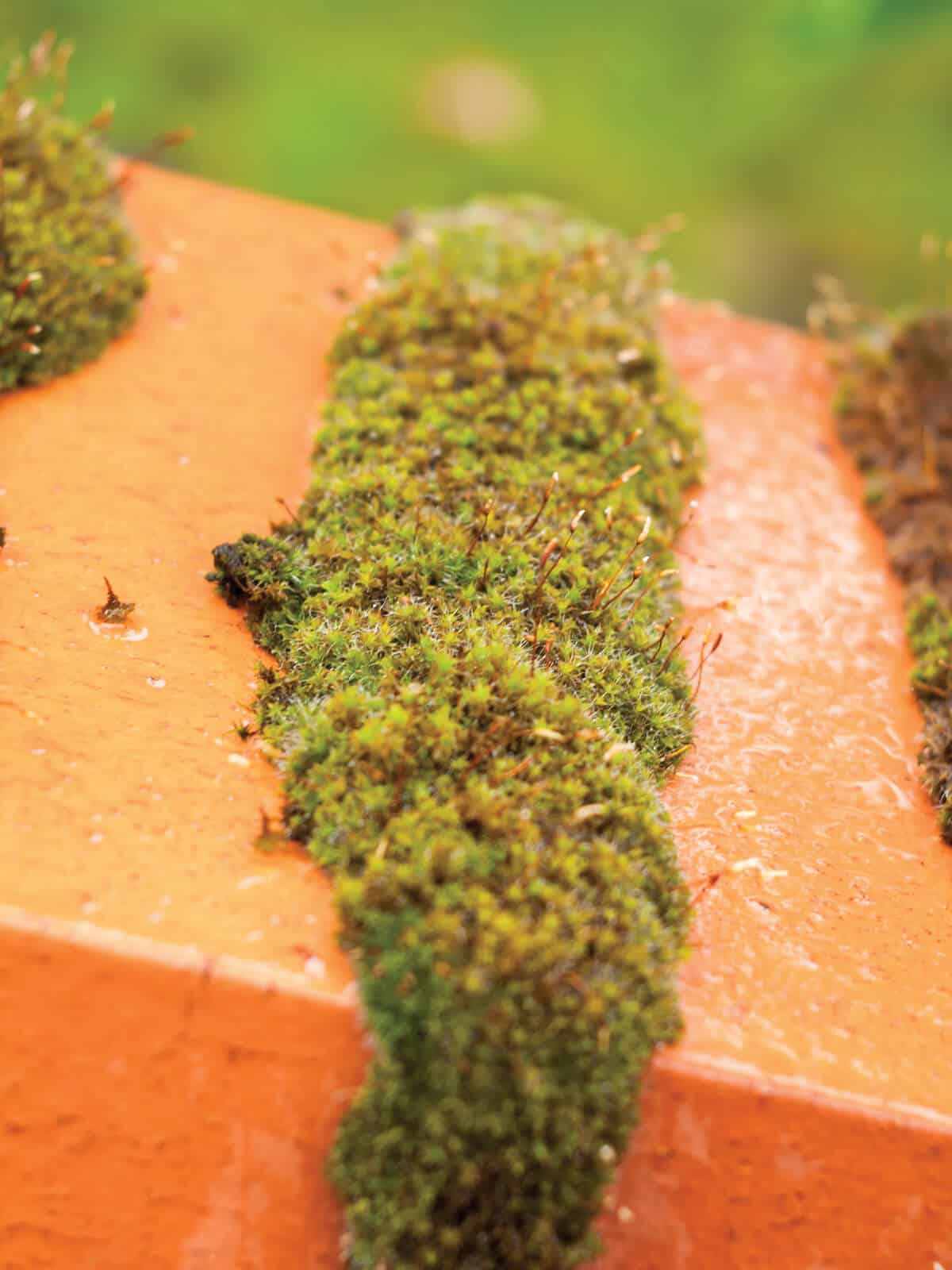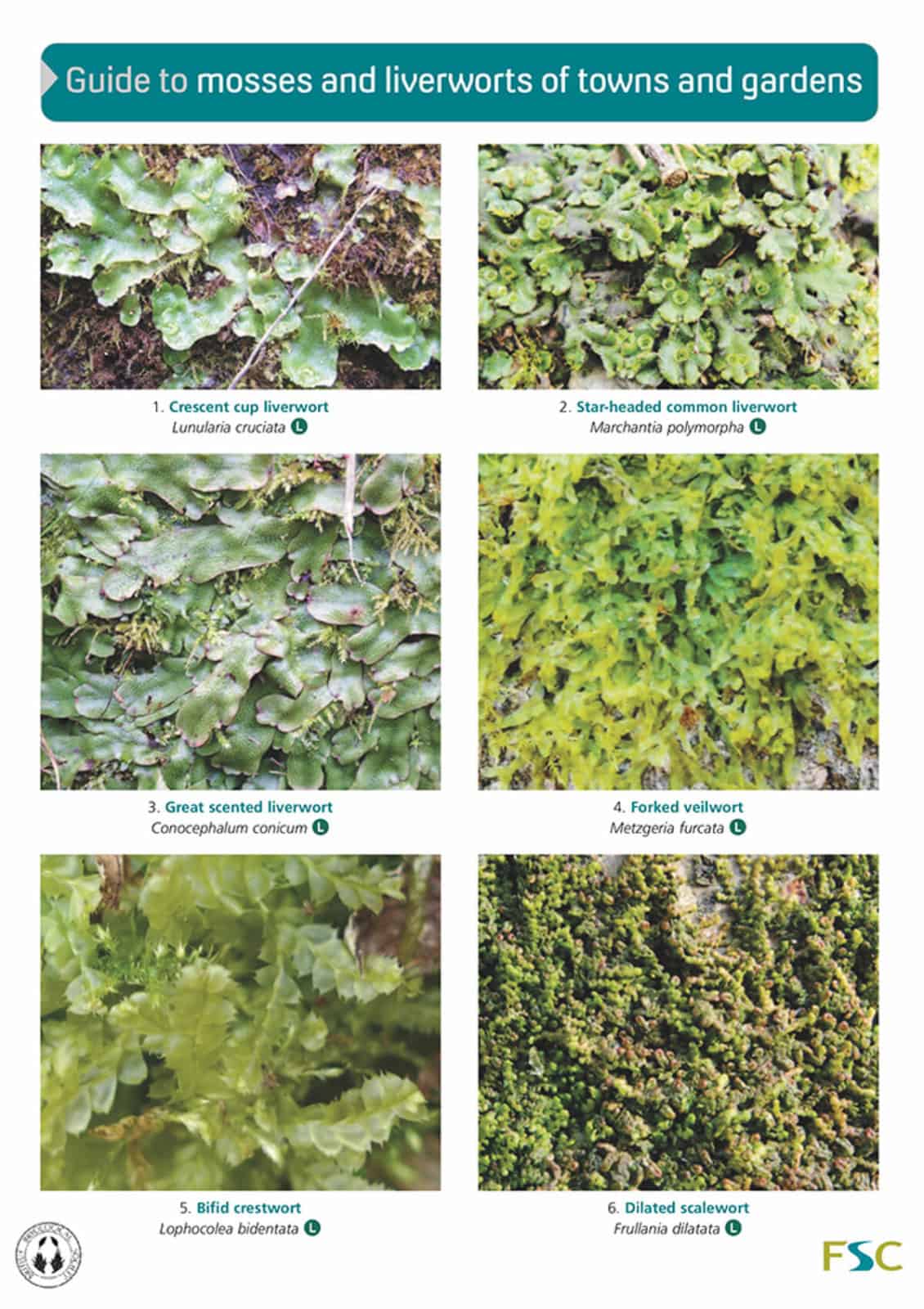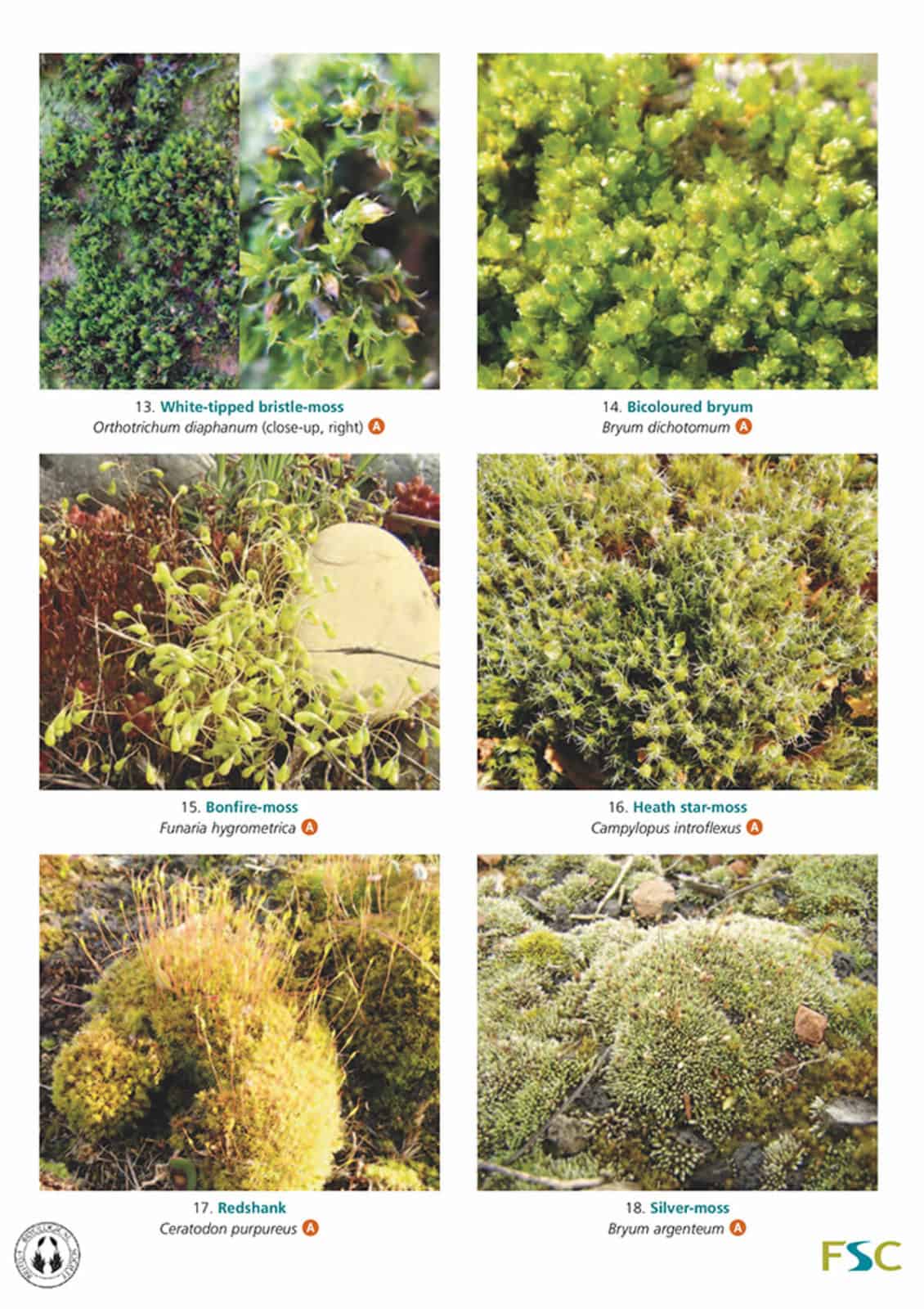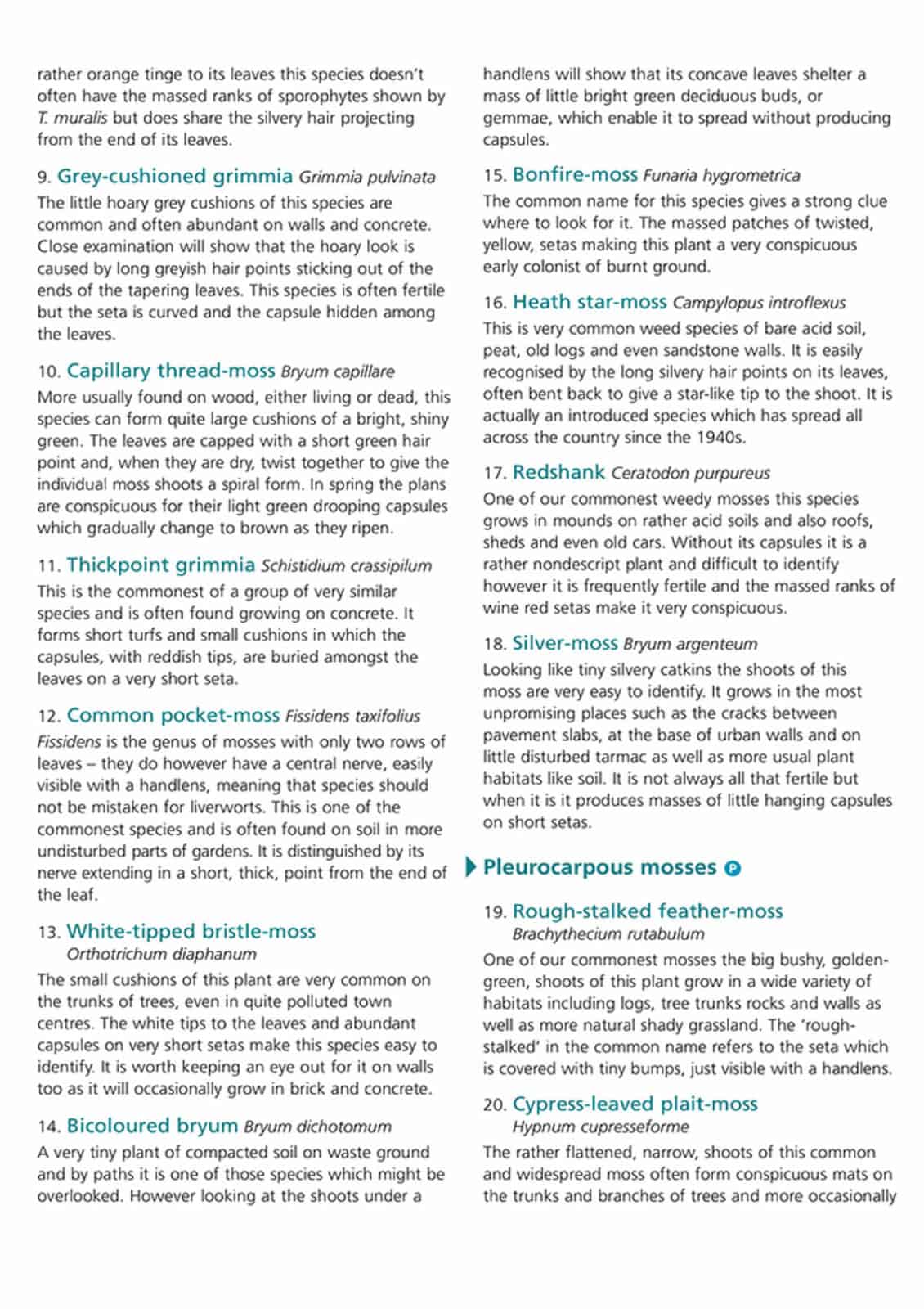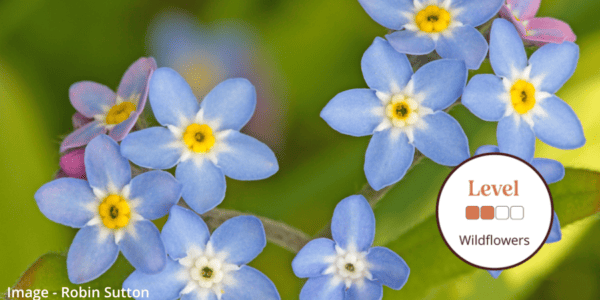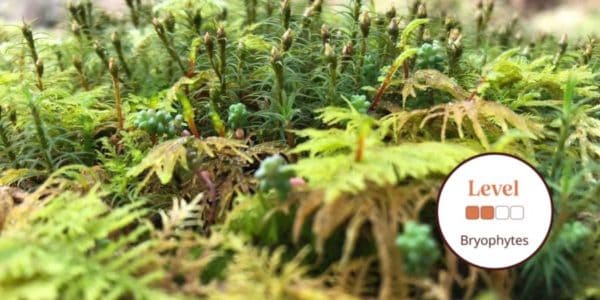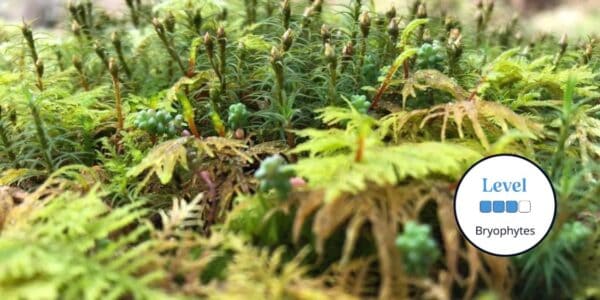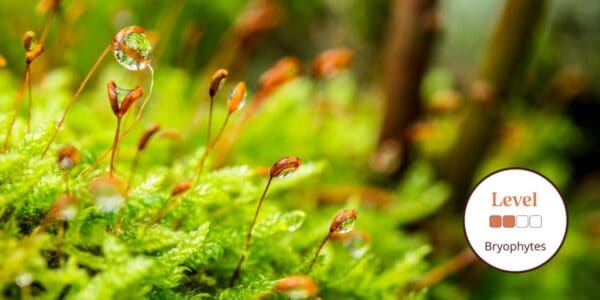Garden mosses guide
FSC Garden mosses guide features 6 liverworts and 18 mosses common in gardens and towns in Britain and Ireland. Photographs of each species accompany descriptions of what features to look for. As this is a guide for beginners, the author has kept technical terms to a minimum.
Although small, mosses and liverworts occur nearly everywhere. Ecologically they are very important. They stabilise soils and help control the cycling of water and nutrients. Overall there are around 25,000 species worldwide, with around 1000 species in Britain and Ireland. Towns and gardens are a great place to look. Typically mosses and liverworts grow almost anywhere that is a little cool and damp, including bricks, tarmac, lawns and plant pots.
Yet despite their importance, many naturalists and wildlife recorders are intimidated by mosses and liverworts. Unfortunately all the species in Britain and Ireland are rather small. They do not have the same range of identification characters as wild flowers. Plus there is a huge number of similar-looking species. So where do you start? The author, an experienced field teacher, has carefully chosen a small number of species. All are easy to find in gardens and around towns. You can identify the the 6 liverworts using just a hand lens, including great scented liverwort, bifid crestwort and forked veilwort. Likewise the mosses – including acrocarps such as wall screw-moss and bonfire-moss, and pleurocarps like pointed spear-moss and springy turf-moss – can be recognised from living plants.
The British Bryological Society helped with the production of the Garden mosses guide.

